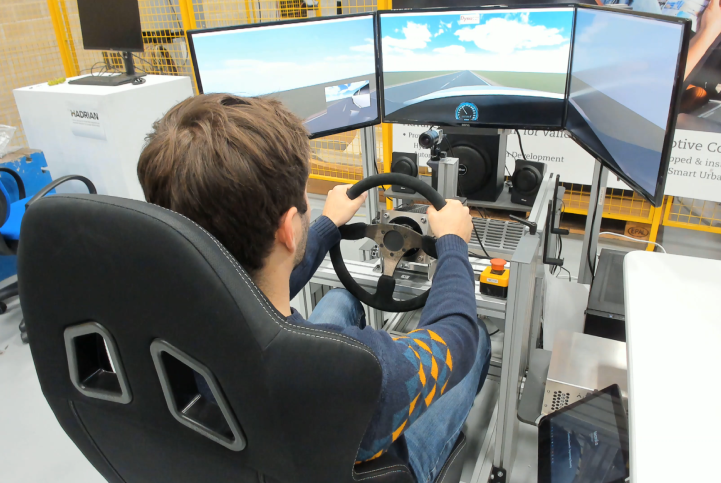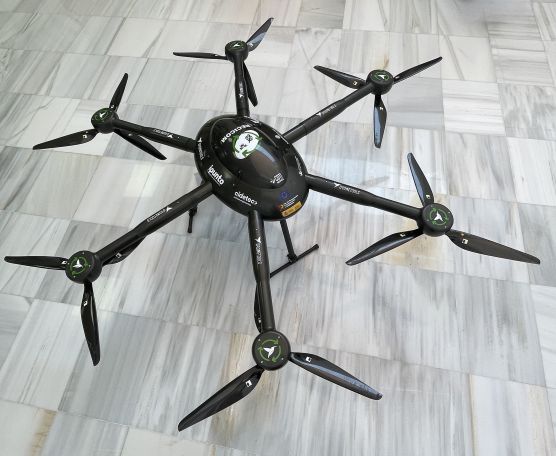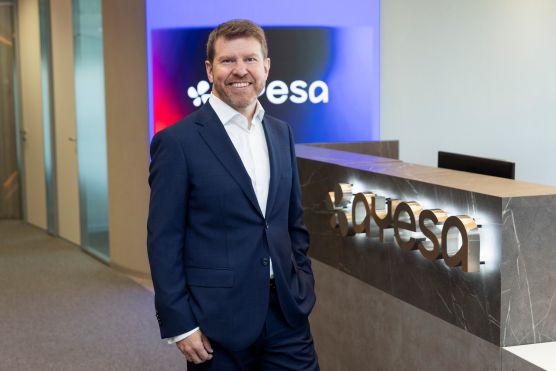All eyes on Mobility are focused on sustainability

More than 180 specialists in Mobility took part in this meeting which brings together in the Basque Country the industry of technologies, systems and solutions for more efficient, safer and cleaner mobility
The event was inaugurated by the Deputy Mayor and Councillor for Mobility and Sustainability of Bilbao City Council, Nora Abete, and the Deputy for Infrastructures and Territorial Development of Bizkaia, Imanol Pradales
On november 17th, the fourteenth edition of the ITS Euskadi Congress was held, bringing together a total of 180 attendees, distributed both in person and online. The meeting was opened by the Deputy Mayor and Councillor for Mobility and Sustainability of Bilbao City Council, Nora Abete; Imanol Pradales, Deputy for Infrastructures and Territorial Development of the Provincial Council of Bizkaia; and Sonia Milla, as representative of the Board of Directors of the Mobility and Logistics Cluster of the Basque Country, the organising association of this event on intelligent transport technologies (ITS, Intelligent Transport Systems). The meeting was held at the BAT Tower in Bilbao, with the collaboration of the Provincial Council of Bizkaia. 
During the inauguration, it was emphasised that all eyes are now focused on sustainability, although the technology sector grouped around the mobility industry has been working for years towards efficient, safe and environmentally clean mobility. Thus, it is now possible to adopt solutions that allow cities, operators, managers and users to move in a technologically advanced and more environmentally friendly way.
On sustainability
The session opened with a presentation by Nortegas, which referred to renewable gases as an alternative source of clean energy. These gases are produced from waste, are compatible with all types of vehicles, with the existing distribution infrastructure and, furthermore, their zero or very low CO2 and NOx values are compatible with circulation in low-emission zones.
In the field of energy, the electromobility vector was the responsibility of Tecnalia. Beyond its role as an alternative to fossil energy sources, it reflected on the opportunity to lay the foundations for a higher level of autonomy and sustainability for some of the strategic metals that form part of its value chain.
On connected mobility
The first block of talks of the morning ended with presentations by Indra and Kapsch. Both consultancy firms presented their mobility models aimed at overcoming current limitations with the use of technology. Indra bases its model on four pillars with an integrative approach: on-board systems, sustainable mobility, infrastructure technologies, and regulation, analysis and control. For his part, Kapsch highlighted that by 2030 it is estimated that 100% of new vehicles will be connected, which, together with new user behaviours, in addition to transforming mobility, represents a challenge and an opportunity that must be faced. In this scenario, he is committed to the “Orchestrated Connected Corridor”, based on a set of platforms that enable the digital transformation of urban and motorway environments.
On public transport
After the break, Vicomtech and Avanza focused their interventions on the field of public transport. Avanza presented Digitity, the largest R&D project supported by PERTE for electric and connected vehicles, which presents as results several products related to data exploitation, connectivity with infrastructures, energy efficiency and artificial intelligence. Among them, since yesterday, an Irizar IeTram autonomous electric bus, which integrates automation and latest generation communications, is being tested with passengers in real traffic conditions on the streets of Zaragoza.
Regarding public transport, Vicomtech warned of the need to have a robust, flexible and intermodal offer so that this means of transport is the option of choice for citizens, something that is more necessary than ever in view of the new restrictions on vehicle access to certain areas. To this end, he also highlighted the role of technology, not only in terms of energy efficiency, but also in terms of fleet and mobility planning, etc.
This framework of restrictions was the focus of Leber’s presentation, which highlighted the need for an analysis methodology to evaluate the expected effects of the implementation of low-emission zones.
On smart infrastructures
Continuing the presentations, Asimob, Ceit and Sener focused on infrastructures. From a more technological perspective, Asimob presented a project developed in Belgium that uses artificial vision and Lídar technology to obtain a very precise location of pavement defects on roads. Also in the field of roads, Ceit presented its digital twin model, a generally industrial proposal which, when applied to mobility, contributes to road management.
After them, Sener advanced its vision of the future of infrastructures, especially in an environment of connected vehicles. A future that he described as “exciting”, because autonomous driving is driving a significant evolution for infrastructures, with key challenges and opportunities, and in which technologies, predictive models, data management, sustainability or coexistence between machine and human, and even ethical management converge.
On safety
The Congress ended with a speech by the Basque Government’s Traffic Department, which presented the Innovabide programme, the aim of which is to improve the safety of company staff on their journeys to work.
Autonomous driving simulator tests
In addition to the presentations, the Congress was rounded off with an autonomous driving simulator that the attendees were able to experience. Developed by Tecnalia, it was possible to test two risk situations. On the one hand, a corrective manoeuvre in which a vehicle travelling at 90 km/hour on a dual carriageway attempts to overtake a lorry. At that moment, another vehicle appears with the risk of an accident. On the other hand, an evasive manoeuvre, detecting and avoiding a collision between a vehicle travelling at 105 km/h and a motorbike in the opposite direction that suddenly invades its lane. In both cases, it has been possible to see how the machine responds before the person behind the wheel, saving the situation.




